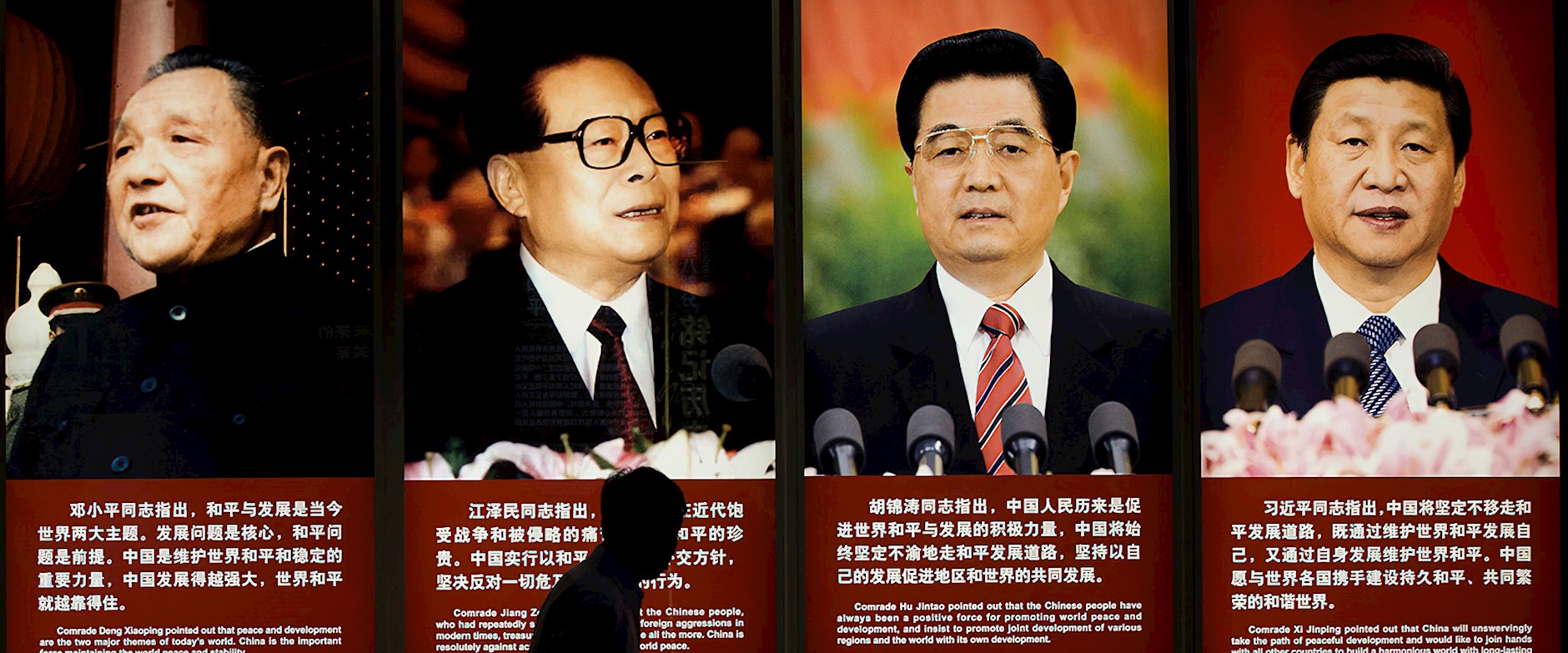
Capitalisn’t: Ask Luigi Zingales Anything
The Chicago Booth finance professor and Capitalisn’t cohost fields questions on everything from competition policy to his favorite soccer team.
Capitalisn’t: Ask Luigi Zingales Anything
Associated Press
To build relationships with China, the second-largest economy in the world, it’s important to understand the politics of Chinese leadership. An economic model could provide some insight.
At a glance, the Chinese Communist Party rules the People’s Republic of China as a single, unified body. But under the surface, there are rules that govern power sharing among rival factions and keep high-ranking individuals moving up the ladder, according to research by University of British Columbia’s Patrick Francois, Francesco Trebbi, and PhD candidate Kairong Xiao.
The CCP’s Central Committee, the highest political body in the party, is made up of 205 full members and 171 alternates, ranked hierarchically. Using a database of elite Chinese politicians’ résumés, the researchers tracked the careers of more than 1,800 members of the Central Committee in the era following Deng Xiaoping’s rule, which ended in 1989.
The researchers’ model uncovers several “empirical regularities” that suggest how the CCP functions, and provides evidence that there are at least two factions: the Shanghai Gang, whose members originate with the Shanghai municipal administration, and the Communist Youth League of China, the main youth organization of the CCP. About 20 percent of Central Committee members fall into one of these factions. Some of the rest fall into groups of military members and “princelings,” who are part of families that held elite political status when Mao Zedong ruled China. Many CCP members are not tied to any faction and are considered independent.
The model suggests that faction members are expected to work together but also respect a pecking order.
The researchers demonstrate that when one faction controls the chairmanship of the CCP, members of that faction are more often promoted within the party. When an independent person controls the top office of the party, members of the various factions are promoted at roughly equal rates.
One faction almost never controls the top two spots at any level of the CCP hierarchy, from the highest level of the party (the president and the premier) down to provinces and municipalities. If the person holding the highest party position in a province is a member of the Shanghai Gang, for example, the province’s second-highest party position will almost certainly be a member of the CYLC or an independent group rather than a Shanghai member.
The model suggests that faction members are expected to work together but also respect a pecking order. If you are a Shanghai member and a fellow member is promoted to a similar rank, the chance that you could be passed over for promotion increases. If instead you hold a similar rank to someone of a rival faction, your faction will push for your promotion when the time comes.
The researchers hope the model provides insight into the leadership dynamics of the CCP under its current leader, Secretary General Xi Jinping. It’s unclear which faction he belongs to and whether he is bound to govern as a strongman, like Mao Zedong or Deng Xiaoping, or as more of a collective leader in the style of Jiang Zemin and Hu Jintao.
Patrick Francois, Francesco Trebbi, and Kairong Xiao, “Factions in Nondemocracies: Theory and Evidence from the Chinese Communist Party,” NBER working paper, October 2016.

The Chicago Booth finance professor and Capitalisn’t cohost fields questions on everything from competition policy to his favorite soccer team.
Capitalisn’t: Ask Luigi Zingales Anything
A study compares learning new skills in a classroom setting with on-the-job training.
What’s the Best Way to Retrain Jobless Workers?
History suggests inefficient economies benefit the most.
Where Does New Technology Have the Biggest Impact?Your Privacy
We want to demonstrate our commitment to your privacy. Please review Chicago Booth's privacy notice, which provides information explaining how and why we collect particular information when you visit our website.